FBI's Evidence Response Team gets 'rare' opportunity to train in Bradley Center
MILWAUKEE -- Before the BMO Harris Bradley Center fades into Milwaukee's past, there is one final mission left to complete. FOX6 News cameras captured the never-before-seen operation by the Evidence Response Team -- a specialized unit of the FBI.
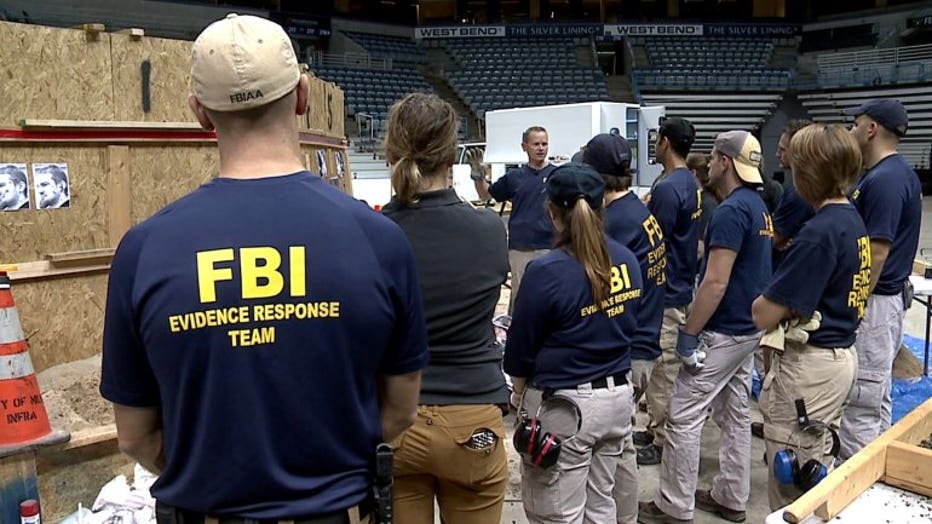
FBI's Evidence Response Team trains at BMO Harris Bradley Center
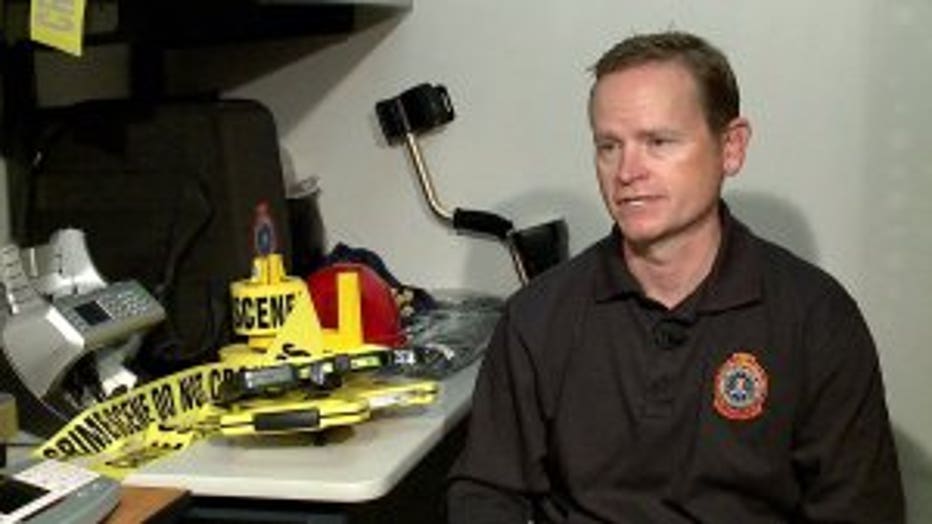
Michael Sheen
"There are going to be rounds down in here. You guys will be the ones responsible for sifting this," said Michael Sheen, FBI special agent.
For the men and women who collect evidence in the FBI, they are on call 24/7 and must be ready to respond to crisis at any moment.
"There are 56 teams across the United States and Milwaukee is one of them," said Sheen.
Sheen is calling the shots for a team that didn't always exist.
"The Evidence Response Team was created, basically, around the Oklahoma City bombing," said Sheen.
It was 1995, and the blast killed 168 people.

Oklahoma City bombing
"What they were hoping for was for it to be processed in a systematic function," said Sheen.
"You’ve got it logged, categorized, documented, photographed, sketched in place," said Robert Botsch, FBI assistant special agent in charge.
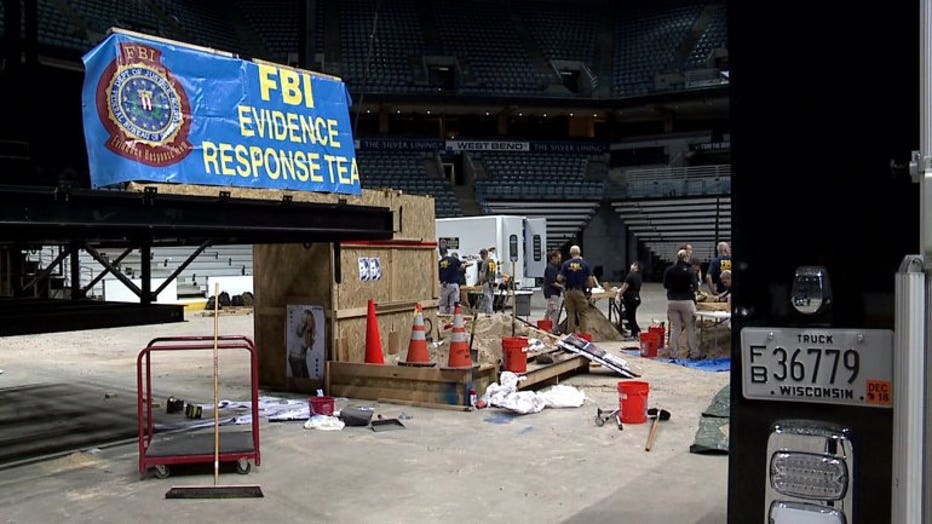
FBI's Evidence Response Team trains at BMO Harris Bradley Center

Robert Botsch
Botsch says when it comes to the ERT, not everyone makes the cut. Spots are reserved for only the most-detail oriented agents and analysts.
There's no limit where an operation could take them, or how long it will last, because when uncovering the truth is at stake, the work day never truly ends.
"Our complex investigations may take a year. They could take us two years, three years, four years -- in order to be able to put together that puzzle," said Botsch.
In Wisconsin, this responsibility falls on 30 people, and their duties come with obstacles.
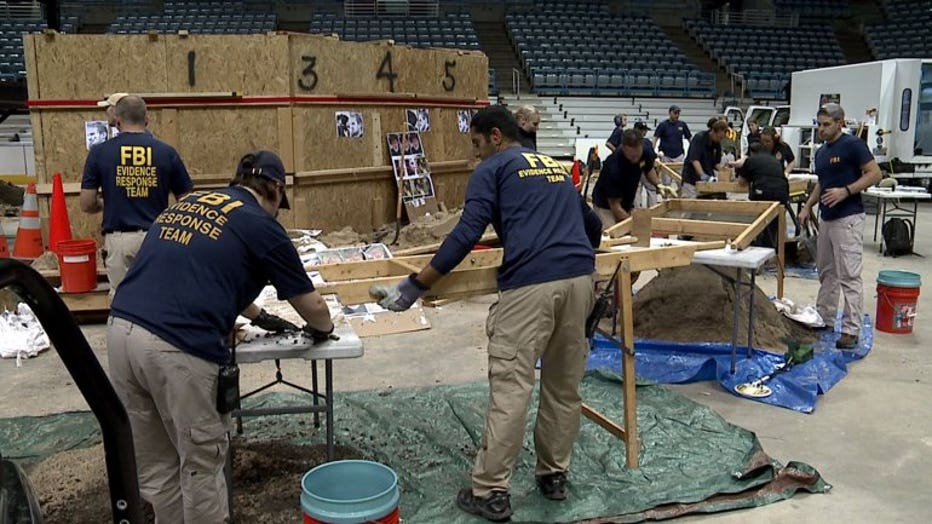
FBI's Evidence Response Team trains at BMO Harris Bradley Center
"We don't sift through sand, through dirt often," said Sumeet Uttamchandani, FBI Evidence Response Team member.
In this case, there were about 10 tons of it -- part of the operation you'll never see in this setting again.
"In order to get a venue like the Bradley Center was extremely rare," said Botsch.
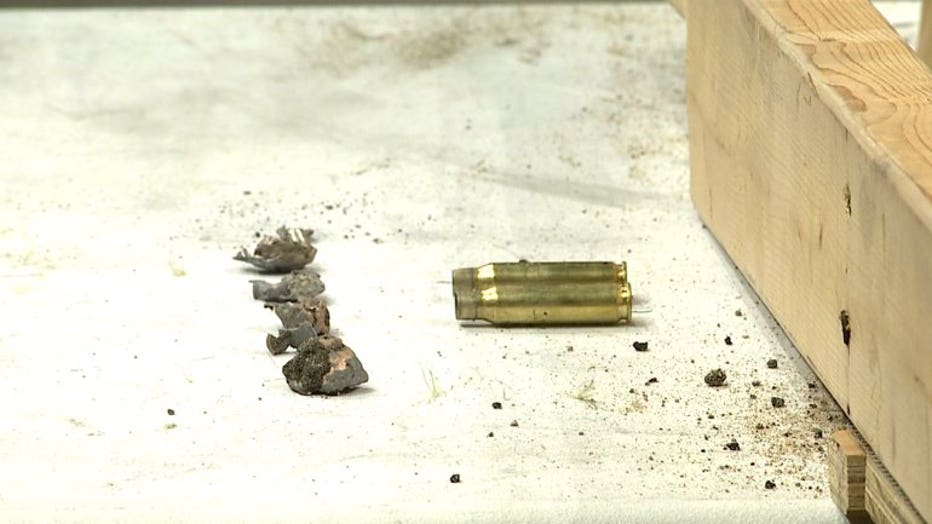
FBI's Evidence Response Team trains at BMO Harris Bradley Center
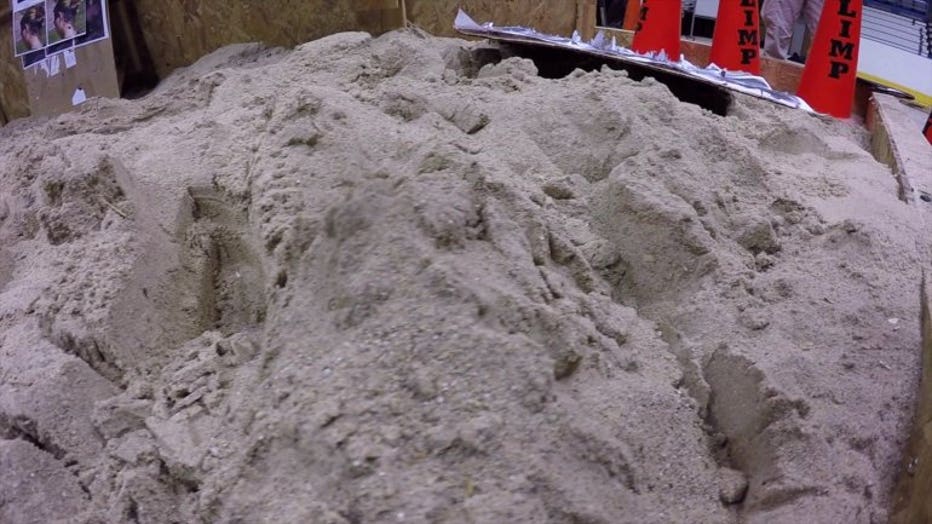
FBI's Evidence Response Team trains at BMO Harris Bradley Center
Earlier, SWAT team snipers had free rein in the abandoned arena.
"They had built essentially a sniper pit, filled it with dirt and sand and shot several rounds down into that dirt," said Sheen.
Then it was time to pick up the pieces. That's where the ERT comes in.

FBI's Evidence Response Team trains at BMO Harris Bradley Center
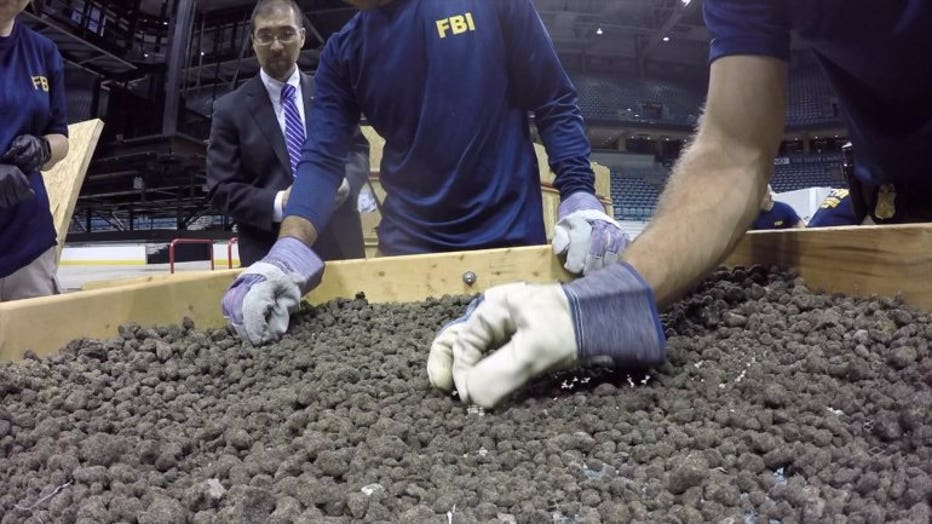
FBI's Evidence Response Team trains at BMO Harris Bradley Center
"The fragments could be key pieces of evidence. We do our work correctly and make sure we present the best evidence possible," said Uttamchandani.
Training exercise or real emergency -- Uttamchandani is laser-focused.
"They train for that. That's ingrained in them," said Botsch.
That's because what they discover -- or don’t -- can make or break a case.
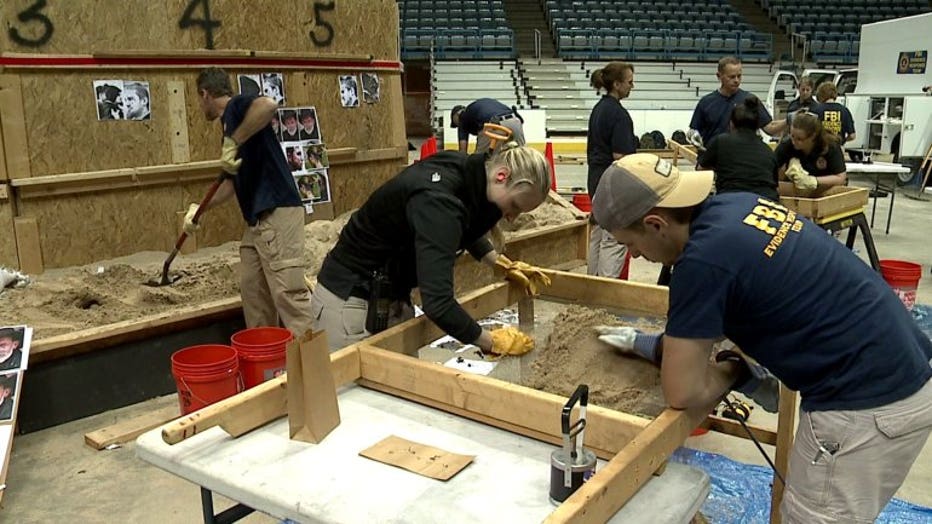
FBI's Evidence Response Team trains at BMO Harris Bradley Center
"Ultimately, the evidence is what's going to convict people," said Botsch.
Once collected, the evidence is photographed, logged and shipped to a lab for testing.
"Those guys work their science, work their magic and they can match up a lot of things," said Uttamchandani.
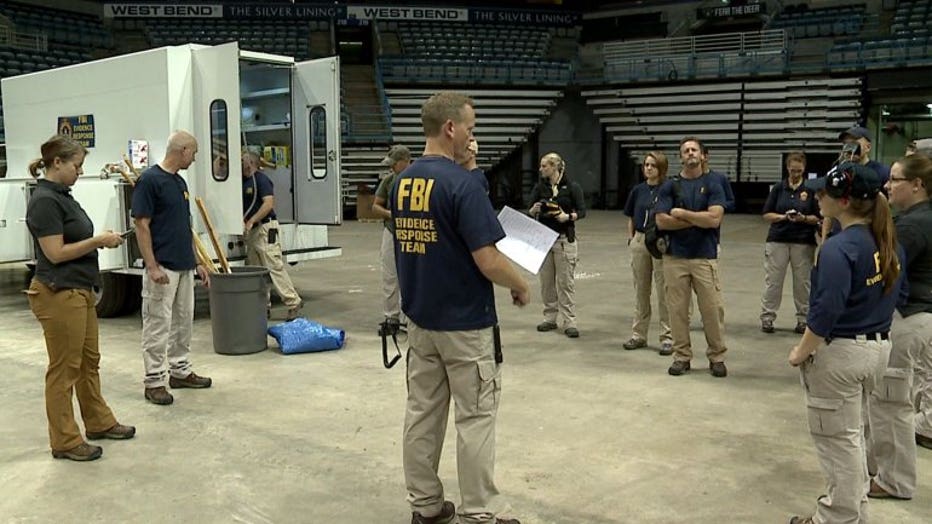
FBI's Evidence Response Team trains at BMO Harris Bradley Center
In the lab or the field, when it comes to the facts, there's no room for error -- and that takes time.
"It can take us days. For the Sikh Temple, we were there six days," said Sheen.
In 2012, when Wade Michael Page shot and killed six people in Oak Creek, Sheen put his day job working gang cases on hold. He said it often comes with the territory.
"The biggest thing with the Evidence Response Team is that it's a volunteer operation. It's a collateral duty. You just have to be ready to respond," said Sheen.
If there's one thing that won't be dug up, it's passion -- that's buried far too deep.

